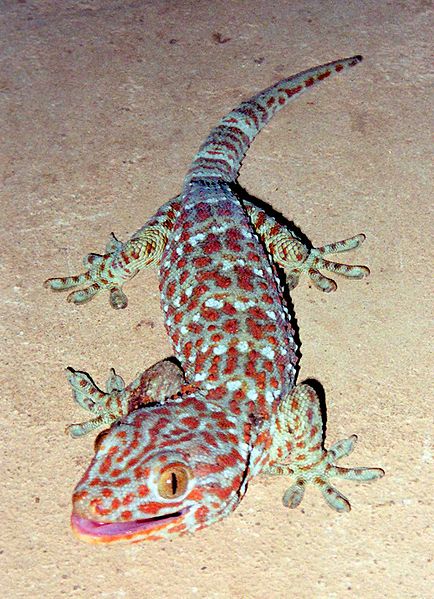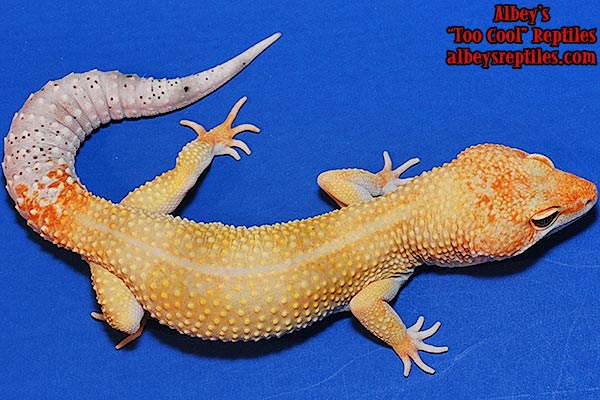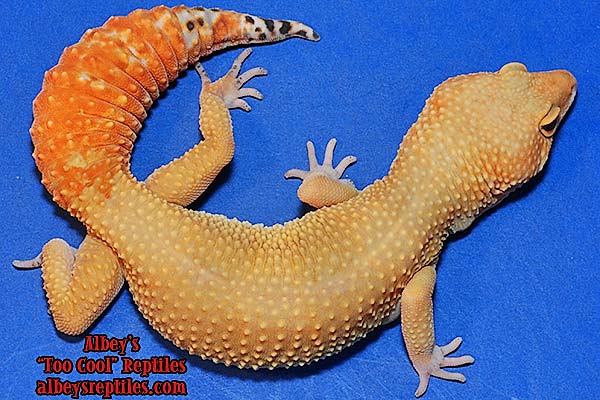sir seraph asa mana dpit ang piperz? and hw much man pud and price range ana?
Results 121 to 130 of 382
Thread: Bearded Dragons
-
05-09-2009, 08:19 PM #121

- Join Date
- May 2009
- Gender

- Posts
- 2,079
-
05-10-2009, 01:35 PM #122
dapit na sa BTC bro, sa banilad, ubos sa flyover na bag o.. naay pipers dha

-
05-10-2009, 05:48 PM #123

- Join Date
- May 2009
- Gender

- Posts
- 2,079
-
05-11-2009, 12:56 AM #124
-
05-11-2009, 06:45 AM #125
BEARDED DRAGON
Scientific name: Pogona vitticeps

BEARDED DRAGON is the common name given to a group of Australian lizards of the genus Pogona. Their common name comes from their habit of puffing out their throat when they are angry or excited, giving the appearance of a "beard". There are seven species that make up the genus. The most common pet is Pogona vitticeps commonly referred to as the Inland Bearded Dragon. The other species in the group include P. barbata (Coastal Bearded Dragon), P. henrylawsoni (Black-soil Bearded Dragon or Lawson's dragon, aka Rankins Dragon), P. microlepidota (Kimberley Bearded Dragon), P. minima (Western Bearded Dragon), P. minor (Dwarf Bearded Dragon) and P. nullabor (Nullabor’s Bearded Dragon). The first two (Coastal and Black-soil dragons) are sometimes found in U.S. collections, while the rest are rarely if ever seen in the U.S. By far the dominant species in the pet trade is vitticeps or the Inland Bearded Dragon.
TOKAY GECKO (aka "Tuko")
Scientific name: Gekko Gecko

The Tokay Gecko (Gekko gecko) is a nocturnal arboreal gecko, ranging from northeast India and Bangladesh, throughout Southeast Asia, to Indonesia and western New Guinea. Its native habitat is rainforest trees and cliffs, and it also frequently adapts to rural human habitations, roaming walls and ceilings at night in search of insect prey. Increasing urbanization is reducing its range.
The Tokay Gecko is the second largest Gecko species, attaining lengths of about 30–40cm (11–15 inches) for males, and 20–30cm (7–11 inches) for females, with weights of 150–300g (5–10 oz). They are distinctive in appearance, with a bluish or greyish body, sporting spots ranging from light yellow to bright red. The male is more brightly coloured than the female. They have large eyes with a vertical slit pupil.
Tokays are renowned for their their loud vocalizations. Their mating call, a loud croak, is variously described as sounding like tokeh or gekk-gekk, where both the common and the scientific name (deriving from onomatopoeic names in Malay, Sundanese, Tagalog, or Javanese), as well as the family name Gekkonidae and the generic term gecko come from. The call is similar to the call made by Gekko smithii (Large Forest Gecko).
The Tokay is also considered the "bulldog" of the Gecko world due to the fact that when they bite, they often won't let go for up to several hours at a time or even several days, and generally cannot be forcibly removed without causing harm to the Gecko. One way of getting a Tokay to release its hold is to submerge the animal in water, which will encourage the lizard to let go, without causing it any harm or undue stress.
-
05-11-2009, 01:48 PM #126

- Join Date
- May 2009
- Gender

- Posts
- 2,079
-
05-11-2009, 04:31 PM #127
MAYBE among very closely related species of geckos. but I'm not entirely sure.
but among really different species of geckos...i doubt. even in the wild, some would would never even cross paths. example: leopard geckos are desert geckos and tokay geckos are arboreal (rainforest) geckos.
different species of geckos also has different mating calls and / or rituals.
nature has a way of keeping species from cross breeding with special detectors on the sperm and egg of same species. even if you could get them to mate in captivity, nothing would fertilize and no fertile egg would be laid.
the reason why scientist has been able to cross-breed different species of animals is through years of genetic alterations and removing these gene detectors on the sperm and egg.
An example of a living crossbreed are the Ligers (Lion-tiger hybrid). The side effect of a Lion-Tiger hybrid however is that the combination has somehow messed-up the growth inhibitor hormone that a Liger offspring often grow much, much bigger than its parents.
I have read that, the male gives his offspring a growth hormone, while the female give her offspring a growth inhibitor. This limits the growth of the offspring. In a liger cross, however, the male lion's growth hormone is not being affected by the female tiger's growth inhibitor, so the Liger just keeps growing.
Ligers


Though, there are animals that are really known to crossbreed naturally in the wild. Examples are the Mule (Horse + Donkey), or the Zebrule or Zenkey (Zebra + Mule or Donkey).
a mule

a zebrule


-
05-11-2009, 04:54 PM #128
however, going back to geckos or any lizard pets for that matter, why bother thinking about cross-breeding? when the most feasible thing to think about is SELECTIVE breeding. This is how the plain looking Leopard Geckos from the wild...became the most richly colored geckos available in the pet trade today (with so many color morphs to choose from).
the LGs normal morph (this is how wild specimens look like)
just a few of the fancy LG morphs available in the pet trade:





-
05-11-2009, 06:14 PM #129

- Join Date
- May 2009
- Gender

- Posts
- 2,079
wow! hanep.......krn pku kta ug actual pic of a liger.
expert kau ka sir gilbz
dghan nku ug nkatonan
nindot ni xa na thread
-
05-11-2009, 06:29 PM #130
hehehe! di ko expert uy bai janroe.
 i'm just a wide reader and I research a lot when some questions are hanging up my head. i'm just sharing what I've read and learned by reading books and online materials.
i'm just a wide reader and I research a lot when some questions are hanging up my head. i'm just sharing what I've read and learned by reading books and online materials.
Advertisement
Similar Threads |
|




 Reply With Quote
Reply With Quote


